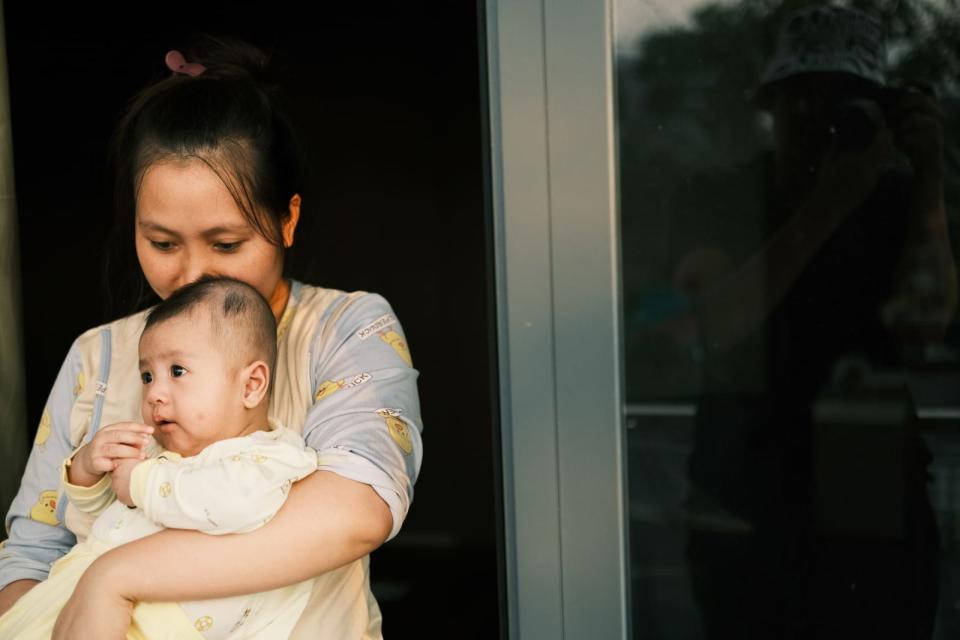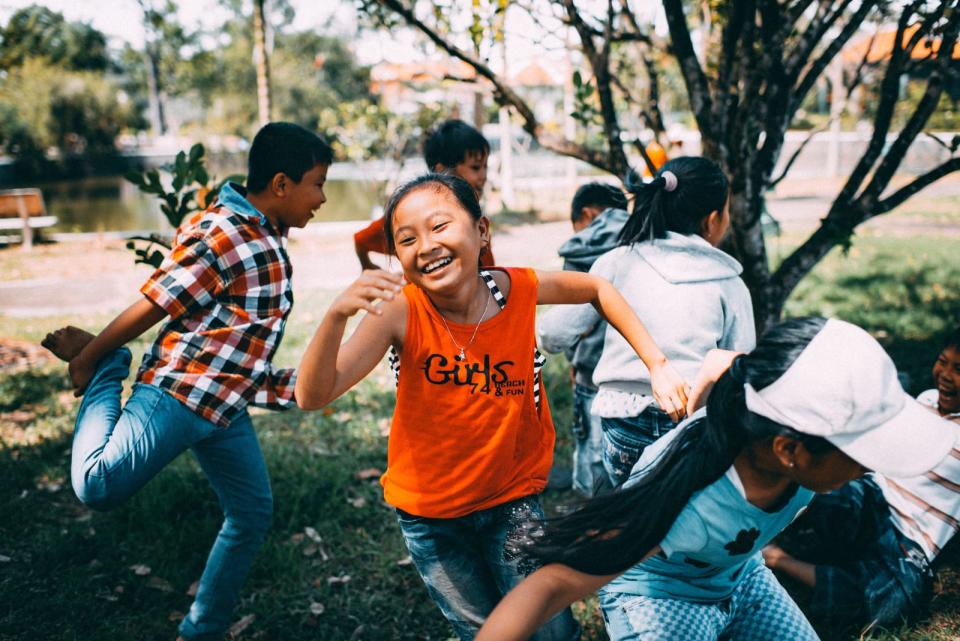Guide To The Working Mother’s Child Relief (WMCR) For Mothers In The Workforce (2023)

The Working Mother’s Child Relief (WMCR) was first introduced in 2004 as a tax relief scheme to encourage women to continue working after they give birth to children. The scheme offered much-needed childcare relief and maternity benefits amidst the rising living cost in Singapore.
To provide even more support to lower- to middle-income mothers, the government has recently announced the revision of the scheme from a percentage of earned income to a fixed amount. If you are a working mother, here is a quick guide to the WMCR and how the revised plan, which will take effect in 2025, will affect your maternity rebates in Singapore.

Source: Unsplash
How the Working Mother’s Child Relief (WMCR) Works
The WMCR is available to married, divorced or widowed working mothers with taxable earned income from employment or through pensions, trade or business, or through a profession or vocation. You can only claim the yearly relief if you are a parent to an unmarried child who:
is born to you and your spouse/ex-spouse, is a step-child or is legally adopted
is below 16 years old or studying full-time
does not have an annual income exceeding S$4,000
How much can you claim under WMCR? The amount is computed based on the child’s order:
| Children born or adopted before 1 January 2024 | Children born or adopted after 1 January 2024 |
|---|---|---|
First Singaporean child | 15% of the mother’s annual income | S$8,000 |
Second Singaporean child | 20% of the mother’s annual income | S$10,000 |
Third or beyond Singapore child | 25% of the mother’s annual income | S$12,000 |
If you are a high-income earner, the switch from percentage-based calculation to the fixed amount model may not incentivise your childcare benefits in Singapore. However, it does offer more maternity benefits to lower- to middle-income mothers.
Say, a working mother with an annual income of S$40,000 can only claim S$6,000 in WMCR for her child with the current scheme to reduce her taxable income to S$34,000. After 1 January 2024, the claimable relief sum in the same scenario will be increased to S$8,000. The taxable income will be lowered to S$32,000. This leaves the working mother with a higher disposable income to spend on her child.
The WMCR is designed to offer childcare relief and benefits to Singapore working mothers but as with any scheme, there is a limit to it. IRAS does impose a personal income tax relief cap of S$80,000 for each Year of Assessment and the total relief cap for Qualifying Child Relief (QCR)/ Handicapped Child Relief (HCR) and WMCR is S$50,000 per child. These are still very generous limits that can ease a lot of financial burdens for raising a child.
Related: Best Maternity Insurance in Singapore (2023)

Source: Unsplash
How To Determine the Child’s Order
The child’s order is an essential factor to arrive at how much relief you can claim from. Don’t assume that the birth order naturally determines the order because a child may join a family unit in different ways and IRAS has strict guidelines on how the order is aligned.
If you gave birth to a child or become a mother to a step-child who is not your own, the date of birth of these children will determine the child’s order. However, do note that a deceased child must be counted as part of the order as well. As long as you are the natural mother of the stillborn child, you can still claim WMCR.
In the event that you are a single mother with a child and decide to get married, the child’s order will be determined by the date of marriage instead of the birth date. This means if your new spouse already has two children before marrying you, your child will be deemed as the third child in the family even if he or she is older than the step-siblings.
For children who are adopted through legal processes or non-Singapore citizens at birth, the child’s order will be based on the date of adoption shown in the adoption papers or the date of approval of Singapore citizenship.

Source: Unsplash
Other Childcare Reliefs and Maternity Benefits in Singapore
The WMCR is not the only relief scheme available to parents raising children in Singapore. Here are four other relief packages that Singapore parents can tap into for financial support:
Government Tax Relief | Benefits | Criteria |
|---|---|---|
Tax relief of S$4,000 per child | The Singaporean child is born to the family, is a step-child or is legally adopted. He or she must be below 16 years old or studying full-time and does not have an annual income exceeding S$4,000 | |
Handicapped Child Relief (HCR) | Tax relief of S$7,500 per child | The Singaporean child is mentally or physically handicapped. He or she must be born to the family, is a step-child or legally adopted |
Tax relief of S$3,000 per child | Parent, parent-in-law, grandparent or grandparent-in-law is looking after a Singaporean child aged 12 years and below | |
Tax rebate of S$5,000 for the first child, S$10,000 the second child and S$20,000 for the third and subsequent child | The Singaporean child is born to the family or adopted on or after 1 Jan 2008 |
Conclusion
Raising a child in Singapore is a costly affair. Even without factoring in healthcare, new housing or additional insurance costs, the first 21 years of your child's life can cost nearly half a million dollars. Government support may be helpful but tax reliefs will hardly be enough should health problems strike.
If you’re a parent or parent-to-be, don’t sit on your laurels, make sure to take a proactive approach to acquire maternity insurance. It is a must-have if you want to protect yourself and your child from unexpected and unfortunate health challenges.
Need more information about maternity insurance in Singapore? Our research analyst has shortlisted some of the best maternity insurance plans for you.
Read More:
Cover Image Source: Unsplash
The article originally appeared on ValueChampion. ValueChampion helps you find the most relevant information to optimise your personal finances. Like us on our Facebook page to keep up to date with our latest news and articles. More From ValueChampion: Best Credit Cards for Income Tax Payments 2023

 Yahoo Finance
Yahoo Finance 


